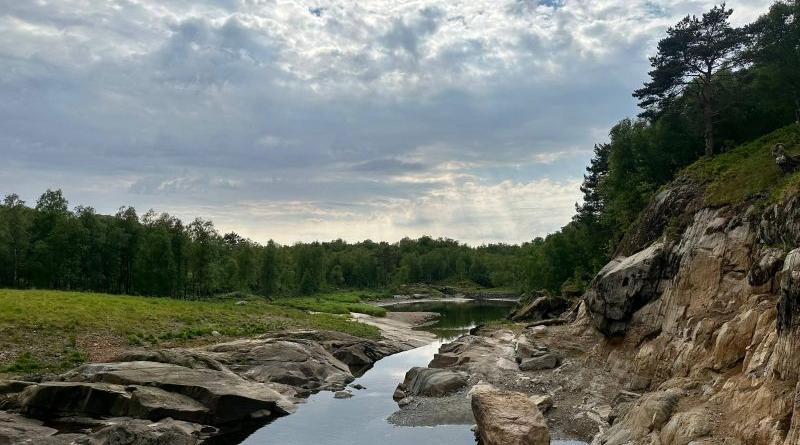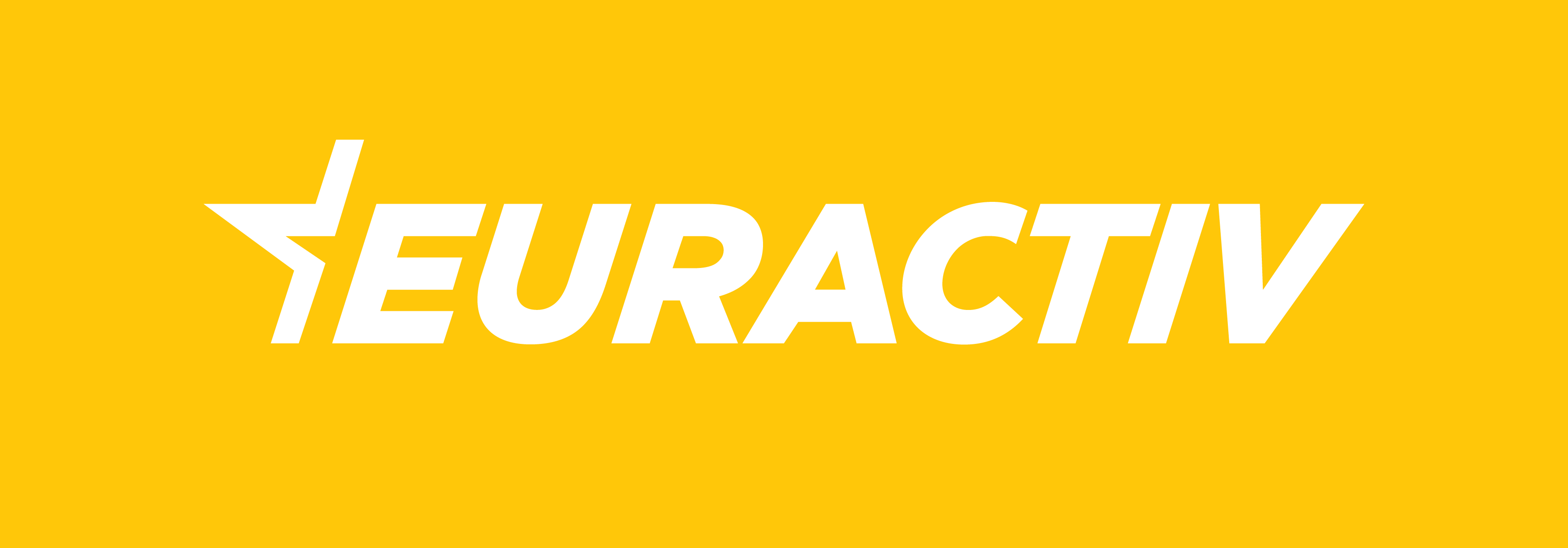‘Great news’: EU hails discovery of massive phosphate rock deposit in Norway

A massive underground deposit of high-grade phosphate rock in Norway, pitched as the world’s largest, is big enough to satisfy world demand for fertilisers, solar panels and electric car batteries over the next 50 years, according to the company exploiting the resource.
Update: Norge Mining have revised their statement, saying the desposit found in Norway allows for a supply of phosphate rock for at least 50 years, not 100 years as they had stated previously.
Phosphate rock is an essential element used in the production of phosphorous for the fertiliser industry and was included in the European Commission’s March proposal for a Critical Raw Materials Act.
The Norwegian deposit is estimated to be worth 70 billion tonnes at least, which is just under the 71 billion tonnes of proven world reserves as evaluated by the US Geological Survey in 2021.
By far the largest phosphate rock deposits in the world – around 50 billion tonnes – are situated in the Western Sahara region of Morocco. The next biggest are located in China (3.2 billion tonnes), Egypt (2.8 billion tonnes), and Algeria (2.2bn tonnes), according to US estimates.
“Now, when you find something of that magnitude in Europe, which is larger than all the other sources we know – it is significant,” said Michael Wurmser, founder of Norge Mining, the company behind the discovery.
In an emailed statement to EURACTIV, the European Commission welcomed confirmation of the massive Norwegian deposit of phosphate rock.
“The discovery is indeed great news, which would contribute to the objectives of the Commission’s proposal on the Critical Raw Material Act,” said a spokesperson for the EU executive.
Electric cars and solar panels
About 90% of the world’s mined phosphate rock is used in agriculture for the production of phosphorous for the fertiliser industry, for which there is currently no substitute.
But phosphorous is also used in the production of solar panels and lithium-iron-phosphate batteries (LFP) for electric cars, as well as semiconductors and computer chips – although in small quantities.
All these products have been flagged by the European Commission as being “of strategic importance” to maintain Europe’s status as a global powerhouse in the manufacturing of key technologies for the green and digital transition.
“This is why we believe the phosphorous that we can produce will be important to the West – it provides autonomy,” Wurmser told EURACTIV in an interview.
The amounts of phosphorous needed for battery production are currently tiny, and are forecasted to represent only around 5% of global demand by 2050, according to an article published last year in the scientific journal Nature.
However, major producing countries like China and the US “may seek to protect their domestic supplies by restricting exports, as was seen in 2008 with China’s export tariff,” the Nature article continues. Future supply disruptions are therefore “likely to be geopolitical and economic in nature, long before global reserves are exhausted,” it adds.
Known reserves of high-grade phosphate rock are slowly depleting and held by four or five big suppliers outside Europe, according to the Critical Raw Materials Alliance, an industry coalition.
“Low supply combined with high demand means a price increase,” it adds.
Phosphorous refining is also a highly carbon-intensive process, meaning most of the industry is currently concentrated in China, Vietnam and Kazakhstan, Wurmser says.
“This is part of the reason why there is no more production of this critical raw material in Europe – there was some production in the Netherlands many years ago, but they stopped it because of the heavy pollution,” he explains.
But according to Wurmser, Norway will be able to observe stricter environmental standards when digging out and refining those minerals than Asian competitors currently do, by applying carbon capture and storage technology.
“The phosphorus from China, Vietnam or Kazakhstan doesn’t make a solar panel necessarily a green product. So that underlines our concept that sustainability begins in the ground, when you dig stuff out,” he says.
2018 discovery
Norge Mining initially made the discovery in 2018 based on information provided by the Norwegian Geological Survey. The ore body in the ground, which was originally estimated to extend 300 meters below the surface was in fact running 4,500 meters deep, the company found out.
“When we discovered that, we did two drilling programmes in two zones. And on those two zones, down to 400 meters, we established two world-class resources, which together allow a supply of raw materials for at least 50 years,” Wurmser said.
It is currently impossible to drill at depths of 4,500 meters so the geologists working on the project evaluated only a third of the volume, down to 1,500 meters from the surface.
Combined, “that is about at least 70 billion tonnes of mineralised phosphate rock,” Wurmser told EURACTIV.
Along with the phosphate, the Norwegian deposits also contain vanadium and titanium, which are also classified by the EU as critical raw materials and are used in the aerospace and defence industries. Wurmser did not say how significant those deposits were.
Permitting
Now that the exploration phase is over, Norge Mining is looking to move the project on to the next stage of mining production.
According to Wurmser, the Norwegian government has been “very supportive” of the project, proclaiming in December that all critical raw material projects in Norway would be subject to fast-track approval. Basic prerequisites for obtaining the mining licences are met, including the economic viability studies, the company says.
But the same cannot be said of the European Union.
In its March proposal for a Critical Raw Materials (CRM) Act, the European Commission classified phosphorous and phosphate rock as “critical” but not as “strategic” minerals, which are subject to a 40% home production benchmark and fast-track permitting rules.
“What’s important is that the strategic importance of these raw materials is understood by the officials in Brussels,” Wurmser told EURACTIV.
Norge Mining doesn’t need funding – the company has already listed interest from companies in Europe, the US and Japan, including “two significant airplane manufacturers” who are interested in titanium supplies.
Yet, permitting can make a world of difference in the mining sector where it usually takes between 10-15 years between exploration and the first commercial extraction of ores.
“That’s much more important than cash. Because if you have cash and you don’t get approval, it doesn’t help you. But if you have approval to do mining, you can easily raise capital,” Wurmser says.
The European Commission acknowledges that phosphorus is “a highly relevant material for battery chemistries and digitalisation”. However, it says reserves of phosphate rock are “abundant” and therefore do not need to be classified as strategic.
It said the March CRM Act proposal contains provisions that should increase security of supply for those kinds of minerals, “such as stringent monitoring of supply risks, access to finance, and – for projects situated in the EU – access to one-stop-shop for permitting”.
The proposed CRM Act is currently being examined by the European Parliament and EU member states in view of final adoption possibly later in the year.
cover photo:The Norwegian deposit is estimated to be worth 70 billion tonnes at least, which is just under the 71 billion tonnes of proven world reserves as evaluated by the US Geological Survey in 2021. [Photo credit: Laszlo Kupi]






